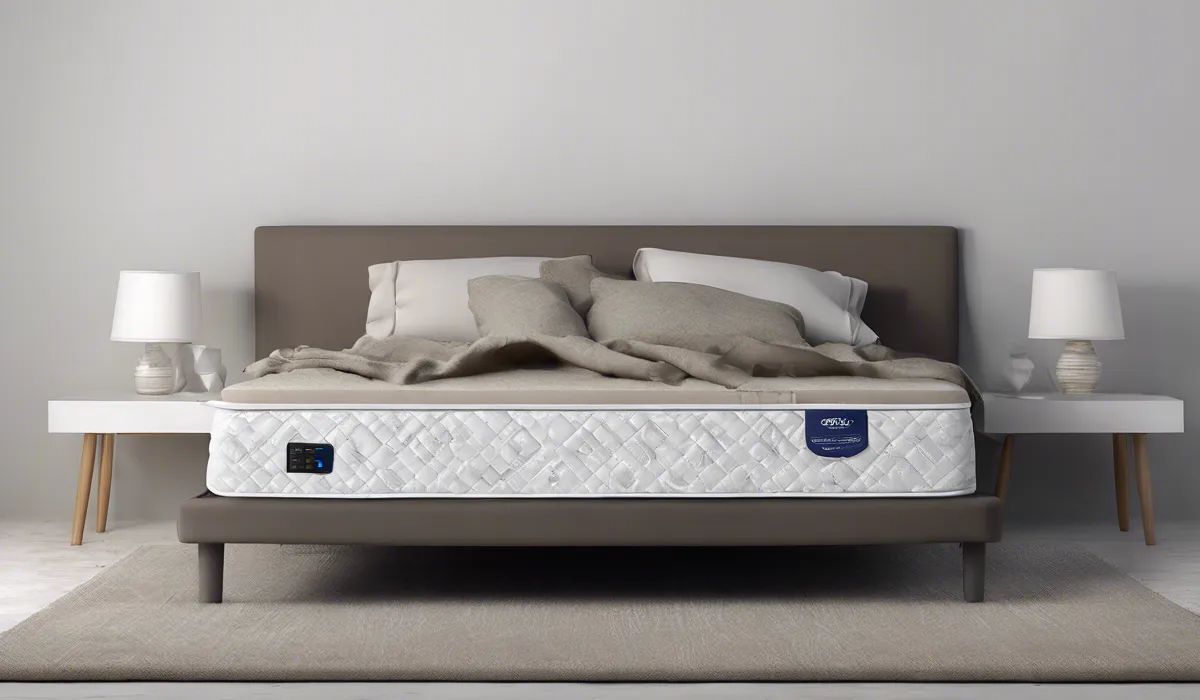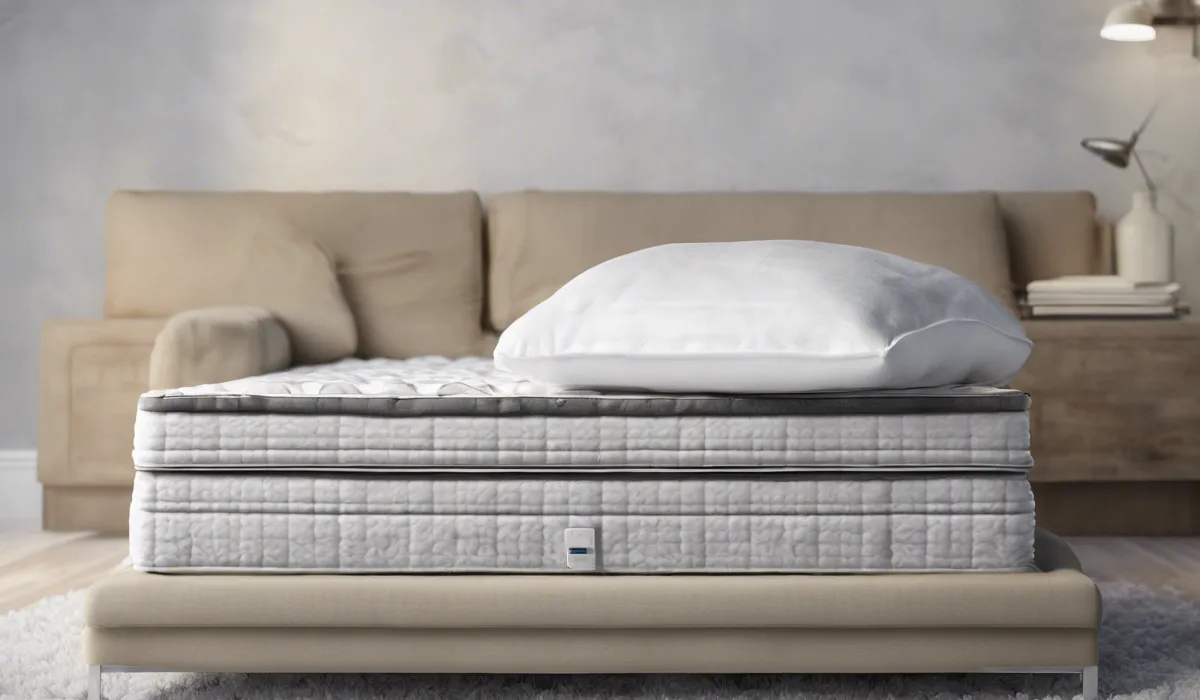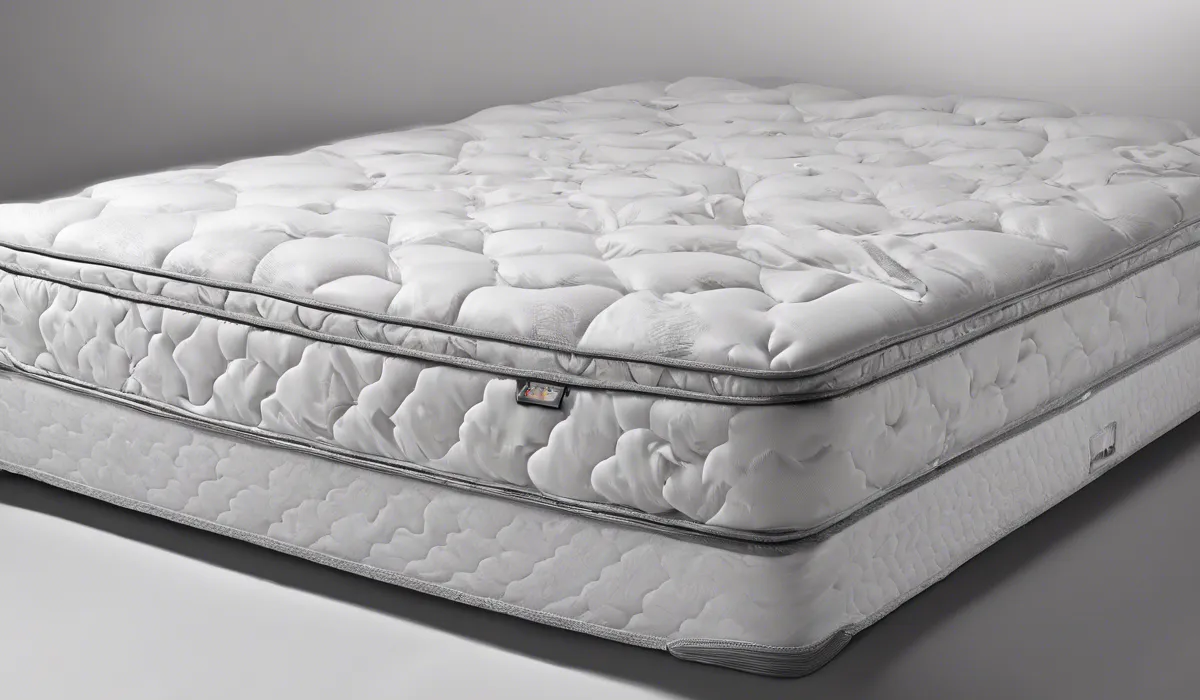Yes, you can remove mold from a mattress by cleaning it with a mixture of water and isopropyl alcohol, drying it thoroughly, and using a disinfectant. For non-washable parts, vacuuming and sun exposure can help.
Understanding Mattress Mold

What Is Mold and Why It Grows on Mattresses
Mold is a type of fungus that thrives in moist environments. It reproduces by releasing spores into the air, which can land on various surfaces, including mattresses.
Mold grows on mattresses because they can provide the perfect combination of warmth, moisture, and organic material for mold spores to flourish. Poor ventilation and high humidity in bedrooms further contribute to this unwanted growth.
Common Types of Mold Found on Mattresses
Several types of mold may grow on mattresses, with some of the most common being Aspergillus, Penicillium, and Cladosporium.
These molds can appear as spots in various colors, including black, white, green, or yellow. It’s critical to identify and address mold early to prevent it from spreading.
Health Risks of Sleeping on a Moldy Mattress
Sleeping on a moldy mattress can pose several health risks, especially to those with allergies, asthma, or weakened immune systems.
Mold exposure can lead to respiratory issues, allergic reactions, and even chronic conditions. It’s vital to ensure that your sleeping environment is mold-free for your health and peace of mind.
Conditions Promoting Mold Growth in Mattresses
Mold growth in mattresses is often the result of excess moisture, poor air circulation, and warm temperatures.
Factors such as sweating during sleep, liquid spills, and high humidity levels can create an ideal environment for mold to thrive. Using a mattress without proper support or protection can also increase the risk of mold development.
Signs of Mold Presence in a Mattress
Visible mold spots, a musty odor, and increased allergy symptoms can all be signs that there is mold in your mattress.
If you notice any of these signs, it’s important to take action immediately to address the mold problem before it worsens.
Methods for Removing Mold from Mattresses

Initial Steps
The first step in removing mold from a mattress is to vacuum it thoroughly using a HEPA filter vacuum.
This helps to remove mold spores from the surface. After vacuuming, air out the mattress in a well-ventilated area or in direct sunlight, which can help kill some of the mold spores.
Natural Cleaning Solutions
Natural cleaning solutions can be effective in treating mold on mattresses. A vinegar and water solution can kill mold on contact.
Sprinkle baking soda over the mattress, let it sit, then vacuum it up to help absorb moisture and odors. Tea tree oil, known for its antifungal properties, can be diluted and applied to the affected area to combat mold growth.
Commercial Mold Removal Products
When natural solutions are not enough, commercial mold removal products can be used. These products often contain stronger agents that can effectively kill mold.
It is crucial to follow the manufacturer’s instructions carefully and ensure the room is well-ventilated during use to avoid inhaling any harmful chemicals.
Deep Cleaning Techniques
For severe mold infestations, deep cleaning techniques such as steam cleaning may be necessary.
Steam cleaning can penetrate deep into the mattress fibers and kill mold spores. Professional services are also available to thoroughly clean and sanitize a moldy mattress.
Drying the Mattress Thoroughly After Mold Removal
After cleaning the mattress, it’s essential to dry it completely to prevent mold from returning.
Use fans, dehumidifiers, or place the mattress in direct sunlight to ensure it dries out completely. A dry mattress is less likely to support mold growth.
Preventing Future Mold Growth on Mattresses

Maintaining a Dry Environment
Preventing mold starts with maintaining a dry environment. Use air conditioners or dehumidifiers to manage the humidity levels in your bedroom. Ensure good air circulation by using fans or keeping windows open when possible to reduce moisture accumulation.
Regular Maintenance
Regularly vacuuming and airing out your mattress can prevent mold spores from settling. Incorporate these habits into your cleaning routine to help keep your mattress fresh and mold-free.
Protective Covers
Using protective covers can safeguard your mattress against moisture from spills or perspiration. Choose a breathable, waterproof mattress protector to provide a barrier against mold-causing moisture.
Humidity Control in the Bedroom
Investing in a dehumidifier can significantly reduce the moisture level in your bedroom, thereby decreasing the likelihood of mold growth. Air conditioners also help maintain a dry and cool environment that is less conducive to mold.
Bedding Hygiene Best Practices
Changing your sheets regularly, washing your bedding in hot water, and using hypoallergenic materials can all contribute to preventing mold. Keeping your bedding clean reduces the organic material available for mold to feed on.
When to Consider Replacing Your Mattress?
If your mattress is heavily infested with mold, it may be time to consider replacing it. A new mattress can provide a fresh start, especially when combined with improved room conditions and regular maintenance to prevent future mold issues.
FAQs About Removing Mold from a Mattress
Can you completely remove mold from a mattress?
Yes, you can remove mold from a mattress by cleaning it with a mixture of water and isopropyl alcohol, drying it thoroughly, and using a disinfectant.
What is the best solution to clean mold off a mattress?
A mixture of water and isopropyl alcohol is effective for cleaning mold off a mattress.
How do you dry a mattress after mold removal?
After mold removal, dry the mattress thoroughly by airing it out, using fans, or placing it in direct sunlight if possible.
Can disinfectants help prevent mold from returning to a mattress?
Yes, using a disinfectant after cleaning can help prevent mold from returning to a mattress.
Is vacuuming effective for non-washable parts of a mattress with mold?
Yes, vacuuming can help remove mold from non-washable parts of a mattress, and sun exposure can further aid in killing mold spores.
Final Thoughts
Mold can be effectively removed from a mattress using a solution of water and isopropyl alcohol, followed by thorough drying and disinfection.
For components that cannot be washed, employing vacuuming techniques and allowing the mattress to bask in sunlight are beneficial methods for mitigating mold issues.
